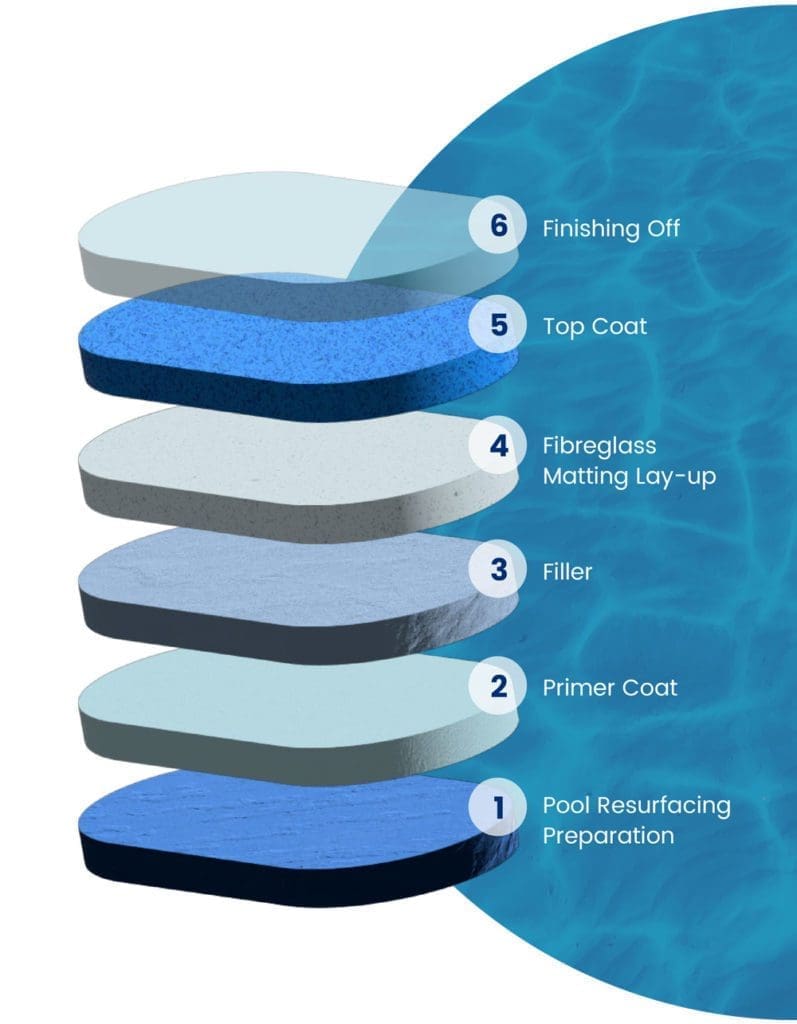
Fibreglaze Products PTY LTD | QLD License: 728522 | NSW License: 224184C | Privacy Policy
(07) 4243 4770 | admin@fibreglaze.com
Our fibreglass pool resurfacing process, which has been fine-tuned over 60 years, is represented by the above cross-section. Feel free to discover more about each step below, if you’re interested in learning even more please feel free to contact us.

In the building industry preparation is crucial. Swimming pool resurfacing and renovations are no exception. There are many different types of swimming pools:
All above pool types can be resurfaced with fibreglass and require a tailored fibreglass application process. Each pool requires different surface preparation. For example, painted pools are sandblasted. Pebble pools are resin screeded to make smooth. Vinyl liners are removed and the concrete base is acid washed. Fibreglass moulded shells are thoroughly ground to remove oxidised gelcoat and bubbling of poor quality resins. It is at this stage where rust spots, cracks and bubbling are first attended to.
The primer coat is a vinyl ester resin. Vinyl ester has been developed for swimming pool resurfacing as it is extremely chemically resistant. Vinyl ester has strong mechanical bonding properties, which is why it is incorporated into the fibreglass application process.
Most swimming pools have areas that require a resin filler applied. This is to level areas that have been addressed in the pool resurfacing preparation stage. Whether soft spots, rust spots, cracks, bubbling etc.
Every pool is different and requires different amounts of fibreglass matting. Cracks require what we call a bridging band applied. Old fibreglass moulded pools require further structural strength especially in the step areas. Panel pools need more fibreglass in areas that move especially where the panels join and where the wall meets the floor. A minimum of 225grams/m2 is used but in the case of a fibreglass shell that requires the floor to be cut and re-joined at its correct level we may have to apply up to 2000g/m2.
The chopped strand mat fibreglass is saturated with vinyl ester resin during the pool resurfacing process. This chemically bonds with the primer coat and cannot be separated from each other. It becomes the one laminate.
Two Aquaguard top coats are applied. UV stabilised pigments are used in this resin. That means they resist fading and oxidising.
The top coat specifications require the top coat to be apllied at 600 microns thick. A standard size pool resurfacing project would require 45kgs of resin. This cannot be achieved using one coat. Two coats must be applied to achieve the adequate lifespan of the product.
One of our team members will return to inspect the finished pool resurfacing project. They will put all necessary fittings back on and if required will change the hydrostatic valve then once filling has commenced the job is handed back to you.
We can guide you with water balance or your local pool shop will more than happy to help. We will be available throughout the lifespan of the product to offer any advice you may require.

Fibreglaze Products PTY LTD | QLD License: 728522 | NSW License: 224184C | Privacy Policy
(07) 4243 4770 | admin@fibreglaze.com